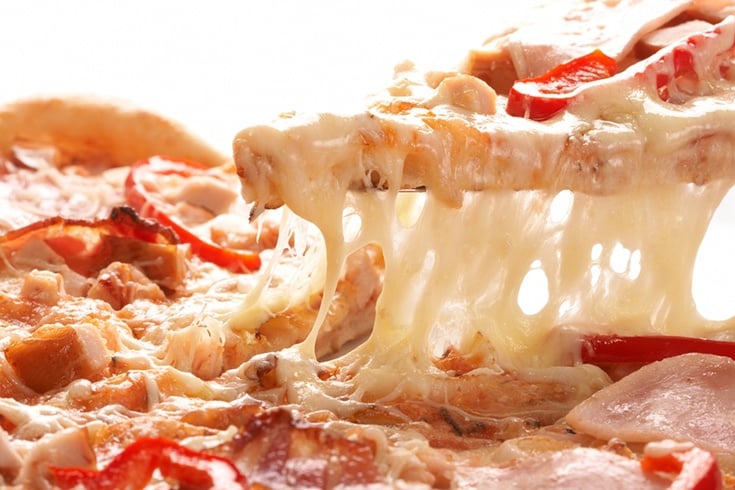
You may feel almost helpless sometimes, trying to fight the ever-present temptation to indulge in oily food. Whether your favourite guilty pleasure is pizza, fries, fried chicken, cheeseburgers, nachos or potato chips, you possibly know these are not healthy food options. The high concentration of oil in these food items can affect your health in many ways. Being watchful of the possible adverse effects of oily food on your body may aid you to make eating choices that support your good health rather than sabotage it.

Some oils are promoted as health foods. However, no oil is really healthy, not even olive oil, coconut oil, or flaxseed oil. Oil is pure fat, and it contains more calories per gram than any other food. Here are some healthy tips you should follow to get rid of oil in your diet.
Choose the Right Cookware
It’s enormously easy to cook food without oil in non-stick pans and pots because they prevent the food from sticking. However, you need to invest in a good-quality and a heavy-bottomed stainless-steel pan. Ceramic titanium pans and enamel-coated cast iron are great options. There are many useful appliances such as dosa maker which lets you cook oil-free chillas, dosas, omelettes, and crepes. One of the best chillas and dosa makers is a non-stick appliance by KENT which allows you to prepare your favourite dishes entirely without oil, making it an extremely useful cookware.
Choose Your Oil-Free Cooking Method
1. Sautéing and stir-frying
Pan-frying at home is a cooking method that uses a higher quantity of oil and high heat for a more extended period. Deep-frying also uses a lot of oil at high temperatures but can be for a shorter period. Unfortunately, frying foods in oil promotes free radicals. When it comes to sautéing, usually, a small portion of food is cooked in small amounts of fat for a shorter period. No matter which oil you opt for, use as little as possible. To cut back on oils, you should plan meals with foods that don’t require frying and instead can be sautéed, baked or grilled.
2. Baking
Use a fruit purée as a delicious and healthy substitute for fats like butter and oil. Some of the most common ones include puréed dates, mashed bananas, and apple sauce. In some cases, nut butter or flour can be used as additions or substitutions.
3. Roasting
There’s no necessity to lather your food with oil before roasting it in the oven. The food might take a little more time, but it will ultimately turn brown and roast well. For a better taste, season your veggies with some herbs, spices, light water-soy sauce mixture, or a little vegetable stock before you put it in the oven.
[sc:mediad]
4. Experiment with Oil-Free Condiments – Sauces
For dishes that usually use heavy cream or butter, you can make their delicious plant-based versions. This can be done by merely puréeing vegetables, beans, or lentils along soymilk or nut, miso, nut butter or nutritional yeast.
5. Salad dressings
For scrumptious oil-free salad dressing, you can blend or some herbs, spices, and vinegar with some fruit juice. Also, you can add a bit of pulp to get a sweet tasting salad, or add seed butter or nut or seed butter, to add a little creaminess to the savoury dressings.
Most people don’t understand that you don’t need oil or butter in the utensil to cook your food. Cooking without oil is easier than you think and it’s one of the best ways to lose weight and to gain optimum health.
Hopefully, the above suggestions will help you on your way to tasty and hassle-free oil-free cooking.
